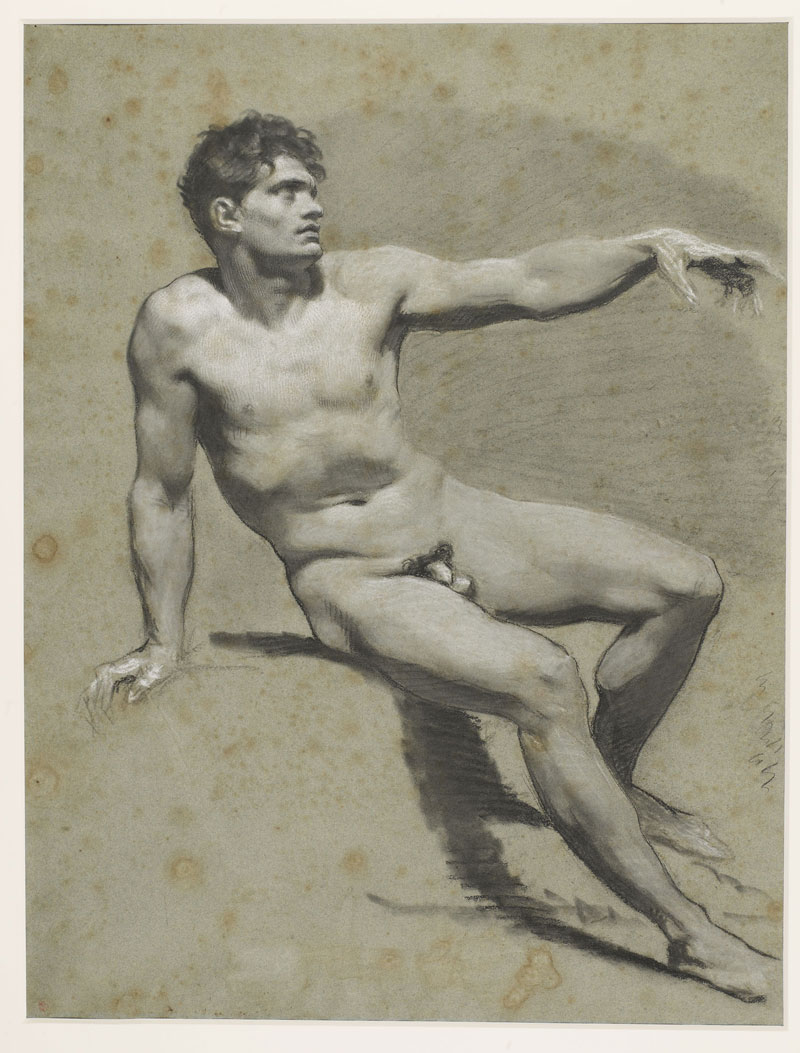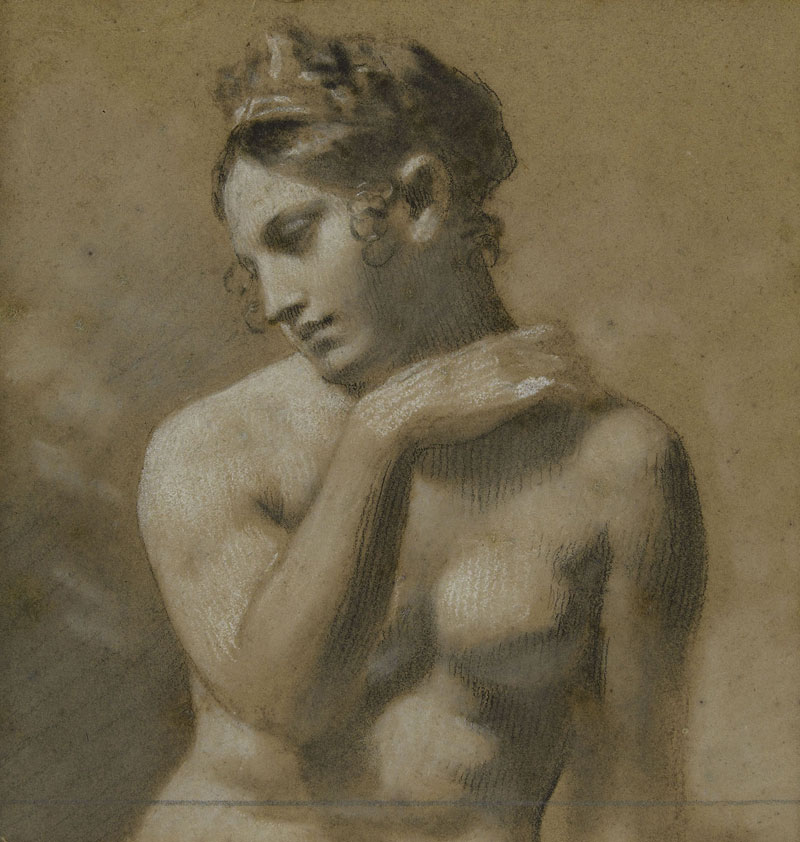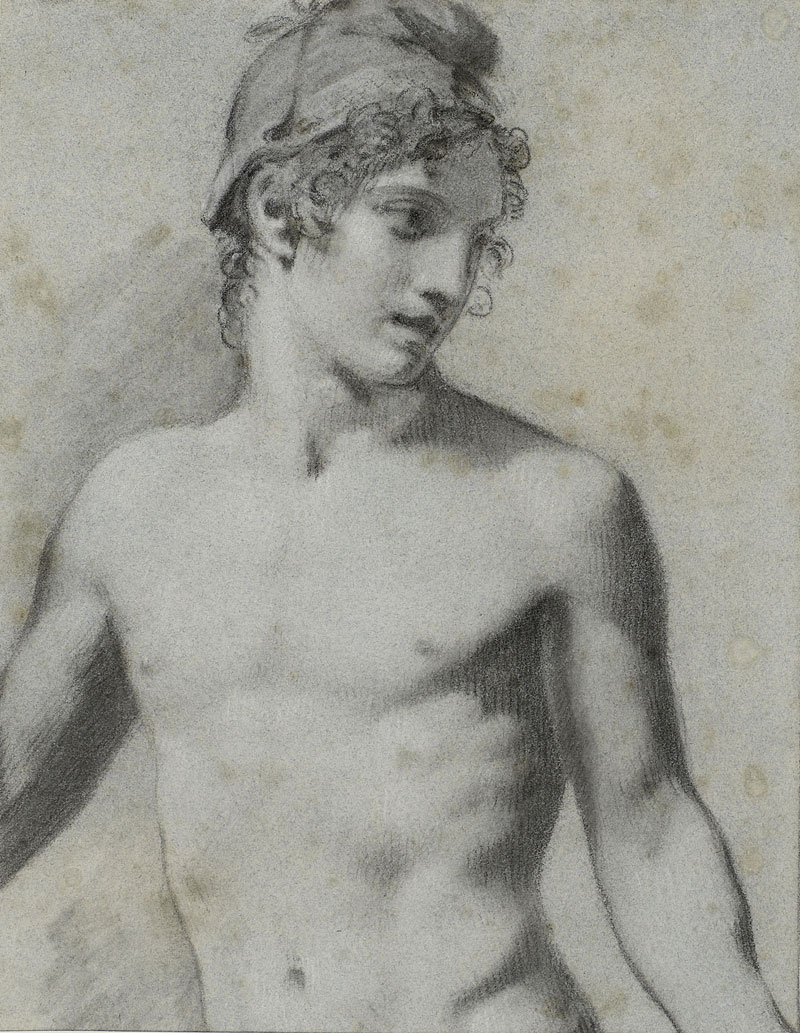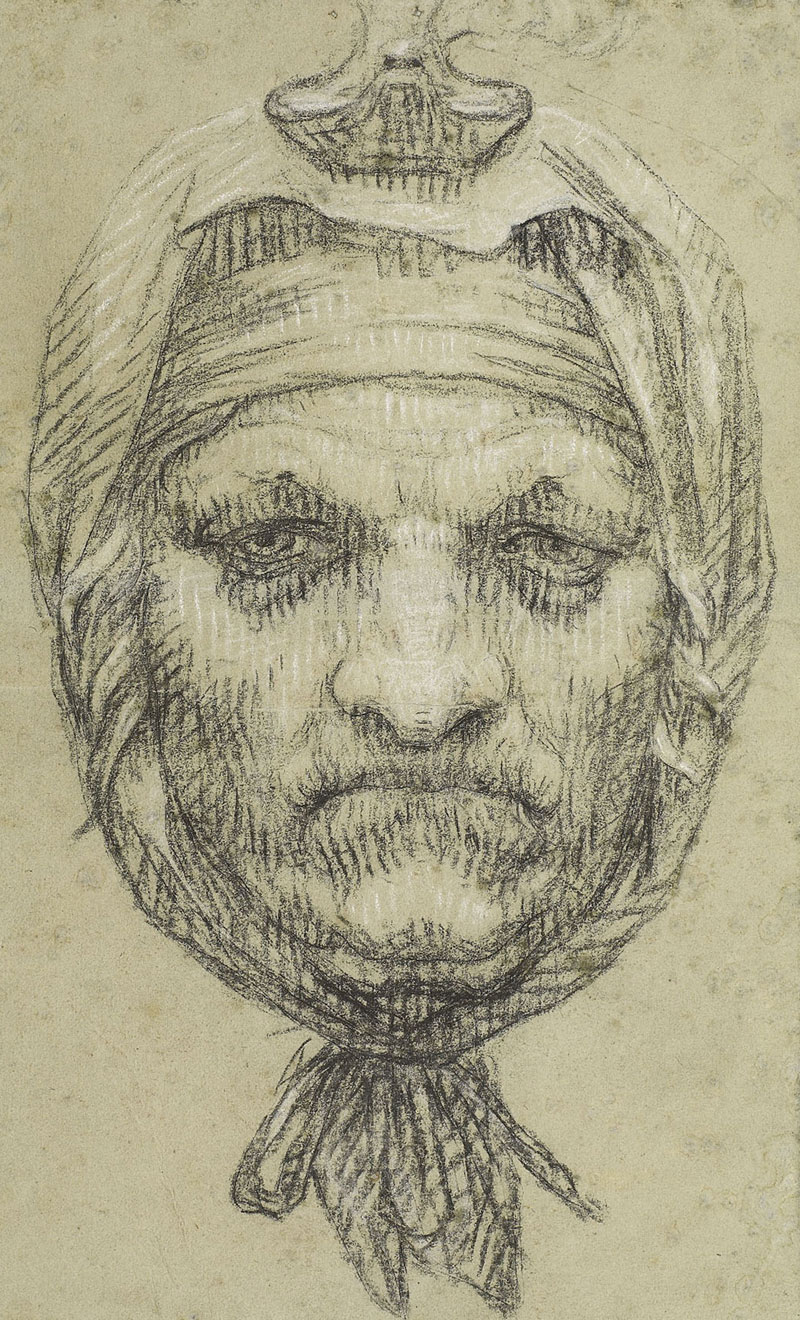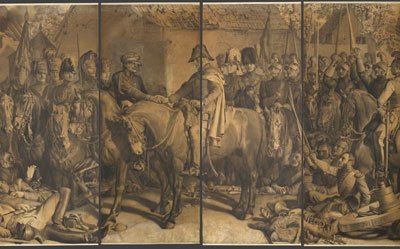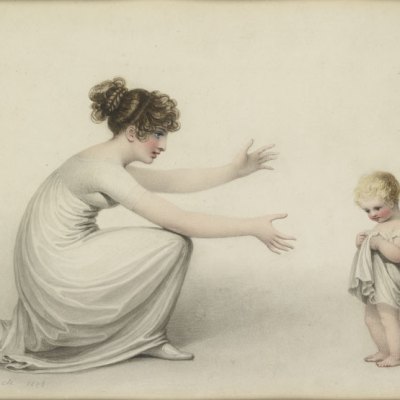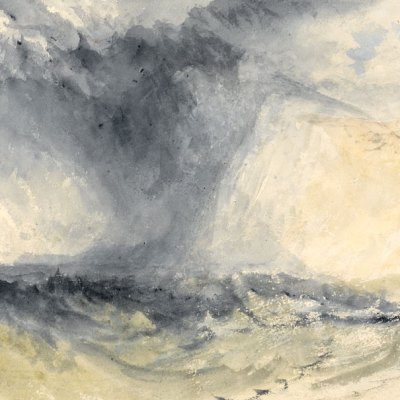With the recent passing of the bicentenary of the Battle of Waterloo, it is difficult to explain why one Frenchman has maintained such a diminutive stature over all these years. Not indeed Napoleon Bonaparte – famously only a few inches taller than five feet – but an artist that the ‘Little Corporal’ knew and favoured: Pierre-Paul Prud’hon.
Born in 1758, the tenth son of a Burgundy stonecutter, Prud’hon studied draughtsmanship in Dijon and Paris in the late 18th century, and soon garnered the admiration of Bonaparte, who would often commission paintings and portraits by him. ‘Prud’hon’s true genius lay in allegory; this is his empire and his true domain,’ wrote Eugène Delacroix of the eventual Légion d’Honneur recipient.
Yet none of Prud’hon’s works can be found in the National Gallery, and he remains practically unknown in the UK – even while the Louvre owns many of his blanche paintings. Only thanks to an intimate exhibition of the Frenchman’s vivacious drawings at Dulwich Picture Gallery (loaned by the Musée Baron Martin, based in a tiny village close to Dijon), can the public’s evaluation of Prud’hon begin in earnest.
Prud’hon treads a line between Romanticism and Neoclassicism. His drawings somehow manage to evoke both a delicate nature and a sublime immediacy. Take his Paris Prince of Troy (undated) – the nude’s curls of hair and his pensive gaze appear so real, but the almost abstract use of shading lends it an alluring glow, as if illuminated by moonlight. Which is perhaps not far from the case, as Prud’hon is said to have frequented a chapelin in the Sorbonne to make his work.
A key reason for these effects of softness and sensuality is Prud’hon’s complex technique. When rendering works, Prud’hon would first mark out basic proportion and gesture, then synthesise a mid tone, aided by his choice of blue paper. Finally the artist would add a thick texture of white and black chalk. Important too was his work ethic – Drapery Study (1800–02) is a meticulous depiction of a skirt, with all of its billowy folds and shadow, while the charming reference to Greek mythology, Innocence Chooses Love Over Wealth (1804–10), was drafted a dozen times in preparation.
Study for a Portrait of Joséphine Bonaparte, by Pierre-Paul Prud’hon ©cliché Bernardot-Musée Baron Martin-France
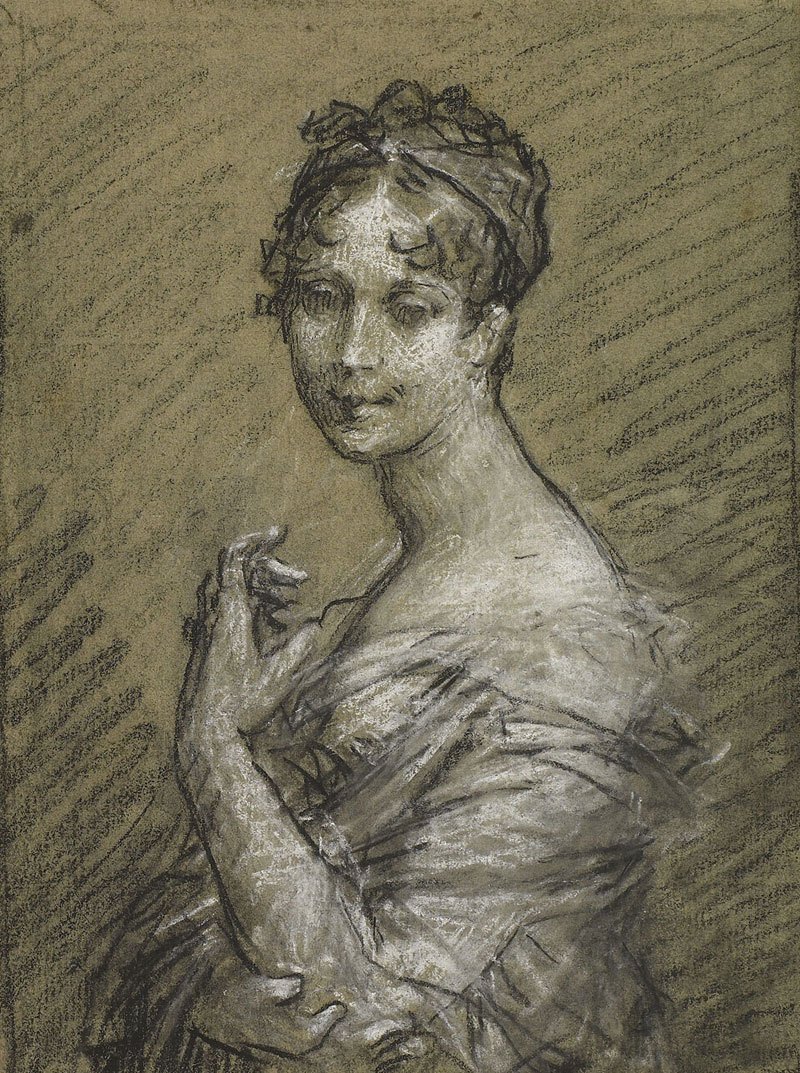
The Dulwich Picture Gallery have surely succeeded in this latest edition of their ‘Rediscovering Old Masters’ series – and Prud’hon is deserving of further attention. Something of a French Correggio, his portraits of Joséphine Bonaparte on display are worthy of France’s then most important woman. It is a shame that his peer Jacques-Louis David was universally celebrated, while it was the underappreciated Prud’hon who eschewed formalism and innovated, to make these vivid, sentient sketches.
‘Pierre-Paul Prud’hon: Napoleon’s Draughtsman’ is at Dulwich Picture Gallery until 15 November.

